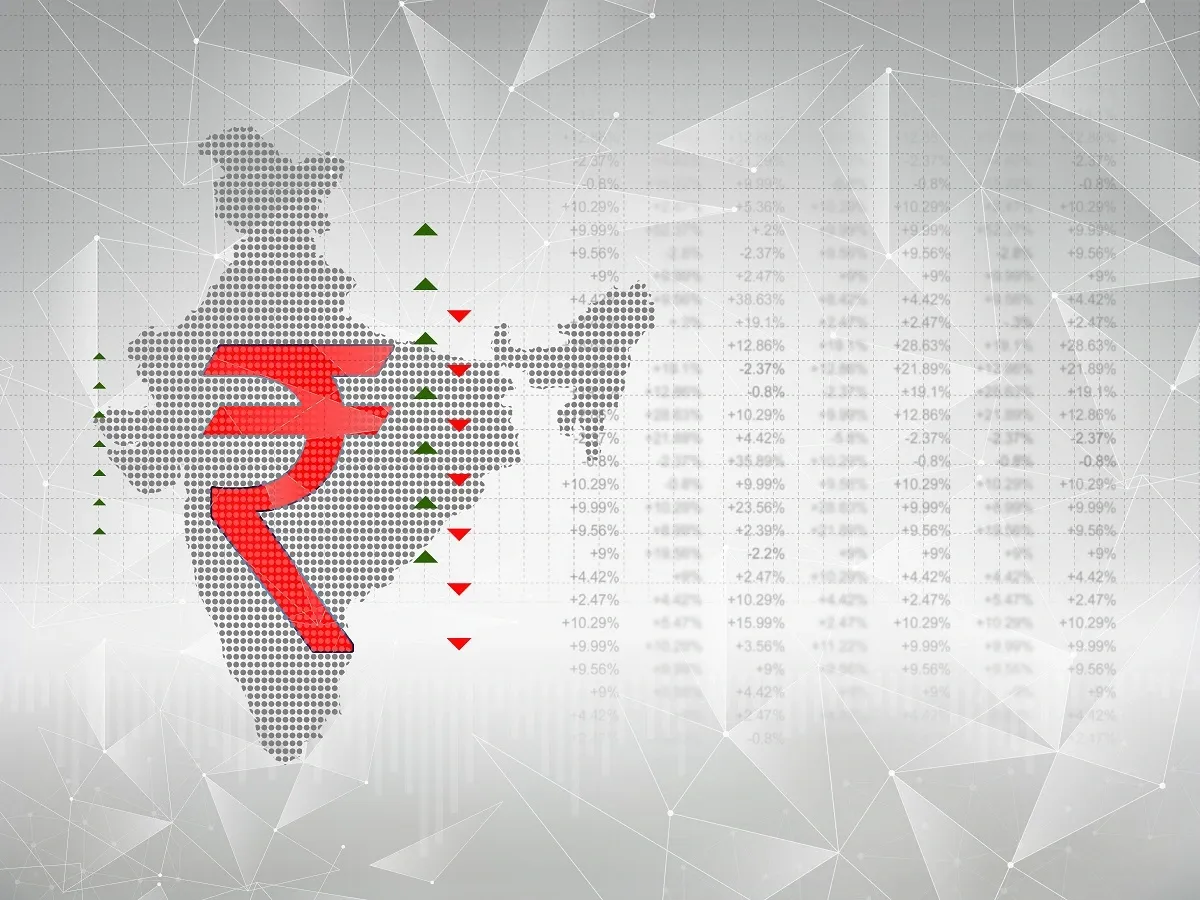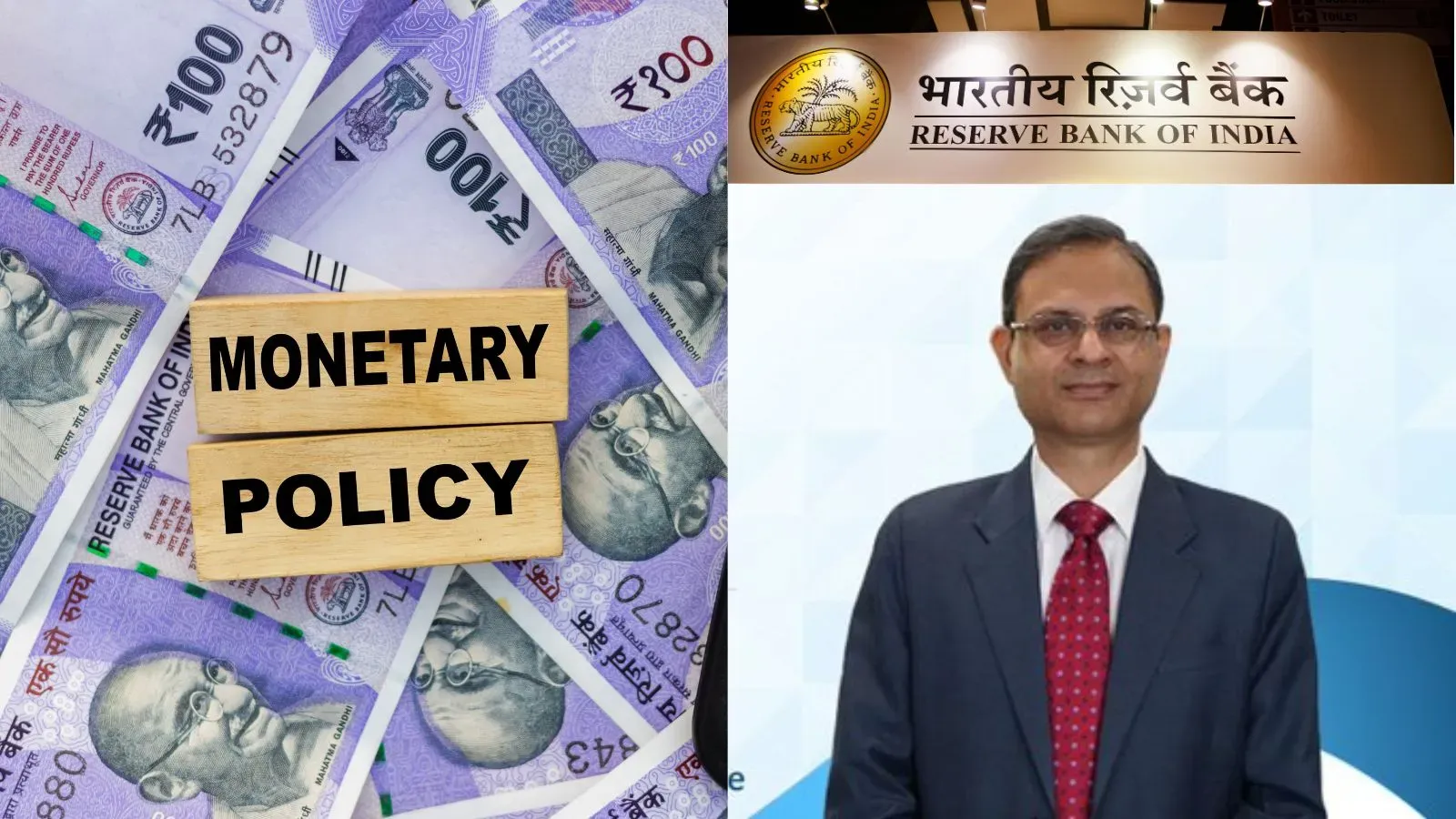Business News
World Bank says India needs to grow at 7.8% for 2047 'high income' goal, identifies 4 key reform areas

3 min read | Updated on February 28, 2025, 14:39 IST
SUMMARY
Recognising India's fast pace of growth averaging 6.3 per cent between 2000 and 2024, the World Bank report noted that India's past achievements provide the foundation for its future ambitions.

The World Bank report said that over the past decades, India has developed at a scale and pace that few would have thought possible.
India will need to sustain an average annual growth rate of 7.8% over the next 22 years to transition into a high-income economy by 2047, a new World Bank report said on Friday, identifying four key policy areas for reform.
The report, titled "Becoming a High-Income Economy in a Generation," highlighted India’s strong growth trajectory, averaging 6.3% between 2000 and 2024, or 6.6% excluding the pandemic years. However, it stressed that achieving high-income status will require ambitious policy measures and deeper structural reforms and will not be possible in a “business-as-usual scenario.”
“For India to become a high-income economy by 2047, its GNI (gross national income) per capita would have to increase by nearly 8 times over the current levels; growth would have to accelerate further and to remain high over the next two decades, a feat that few countries have achieved,” the report said.
World Bank India country director Auguste Tano Kouame said lessons from countries like Chile, Korea and Poland show how they have successfully made the transition from middle to high-income countries by deepening their integration into the global economy.
“India can chart its own path by stepping up the pace of reforms and building on its past achievements,” he said.
Growth scenarios
The World Bank evaluated multiple growth trajectories, with only the most ambitious scenario allowing India to reach high-income status by 2047.
India’s growth rate has averaged 7.2% in the past three fiscal years, indicating strong momentum. However, sustaining a 7.8% average over the next two decades will require bold policy decisions, the report cautioned.
"India can take advantage of its demographic dividend by investing in human capital, creating enabling conditions for more and better jobs and raising female labour force participation rates from 35.6% to 50% by 2047," said Emilia Skrok and Rangeet Ghosh, co-authors of the report.
Key areas for reform
In order to maintain this acceleration and attain an average growth rate of 7.8% (in real terms) over the next two decades, the report outlined four critical areas for policy action:
-
Boosting Investment: Raising total investment from the current 33.5% of GDP to 40% by 2035 is crucial, the report stated. This will require strengthening financial sector regulations, improving access to credit for micro, small, and medium enterprises (MSMEs), and simplifying foreign direct investment (FDI) policies.
-
Job creation and workforce participation: India’s labour force participation rate remains low at 56.4% compared to Vietnam’s 73% and the Philippines’ 60%. The report recommends targeted policies to incentivise private sector investments in labour-intensive sectors such as manufacturing, hospitality, and transportation.
-
Structural transformation and trade expansion: With agriculture employing 45% of the workforce, the report advocates reallocating labour and capital to more productive sectors like manufacturing and services. India also needs to improve infrastructure, streamline labour regulations, and adopt modern technologies to enhance its global competitiveness, according to the report.
-
Accelerating state-level growth: The report highlighted the need for a differentiated approach to state-level development, where less-developed states focus on improving infrastructure, education, and healthcare, while advanced states drive business-friendly reforms and deeper integration into global value chains.
The Country Economic Memorandum is a flagship analytical report on a country's economy undertaken by the World Bank across the globe.
The report reviews the economic and social developments in India over the past 20 years, outlines the current challenges facing the economy, and recommends reforms necessary to achieve sustainable and inclusive long-term growth as the country aspires to become a high-income economy by 2047.
By signing up you agree to Upstox’s Terms & Conditions
About The Author
Next Story

